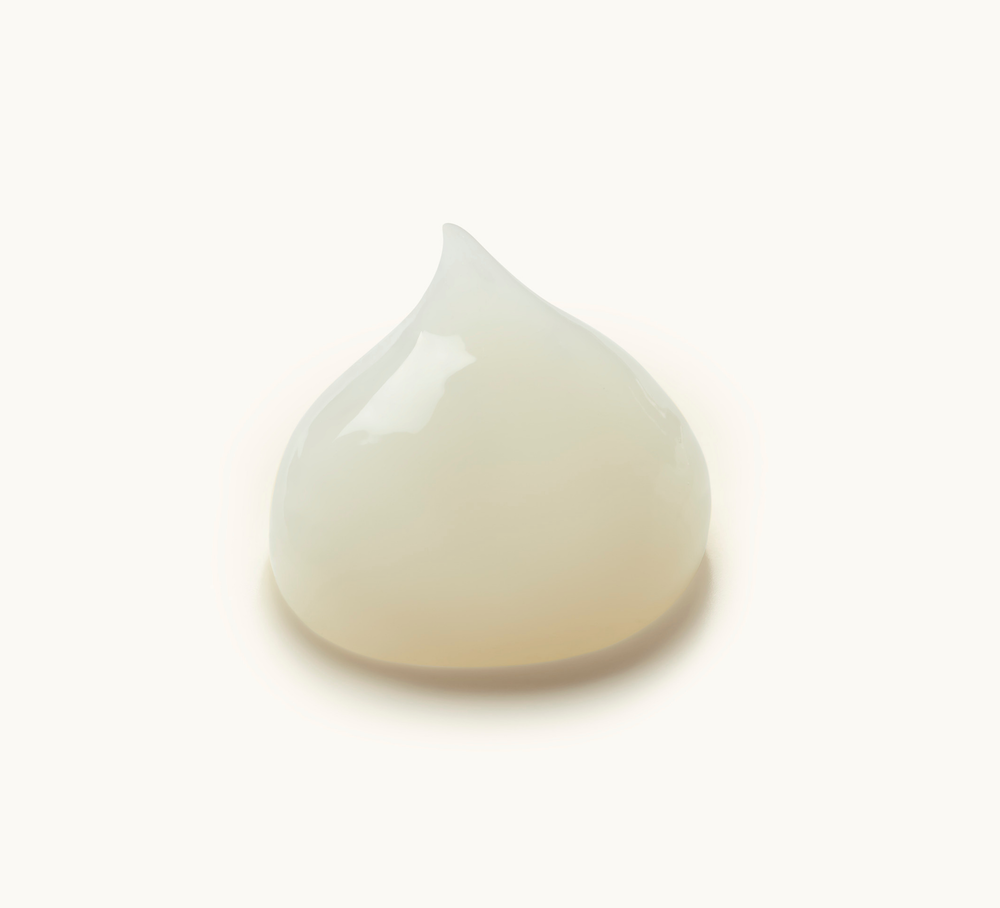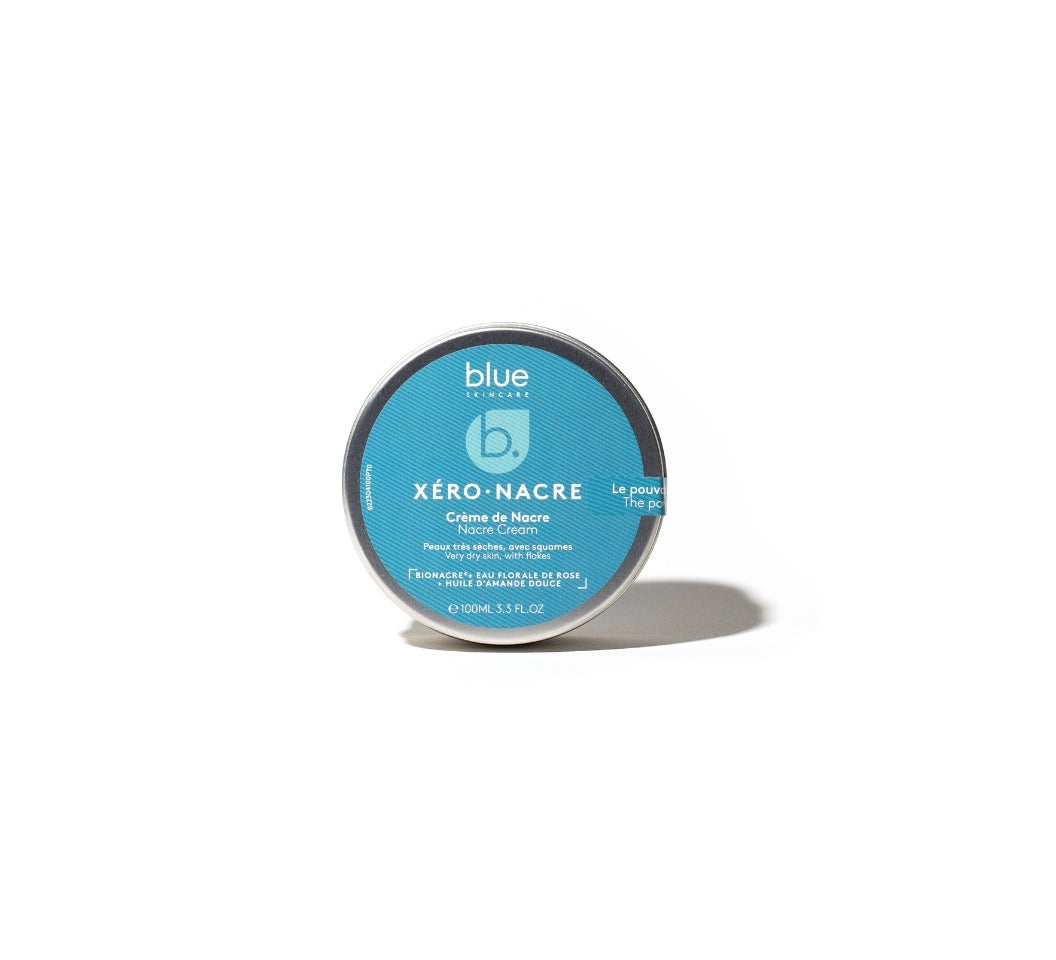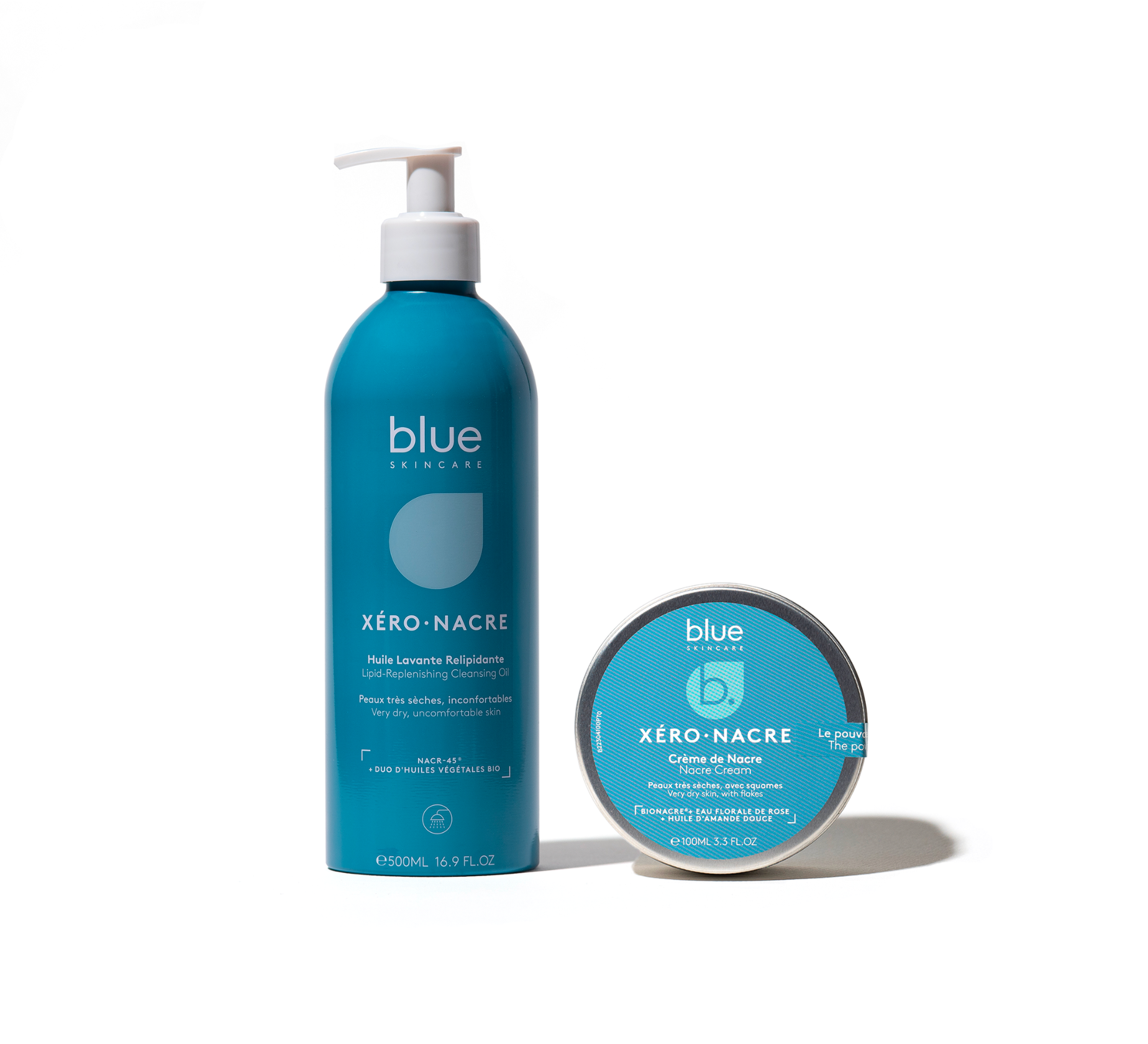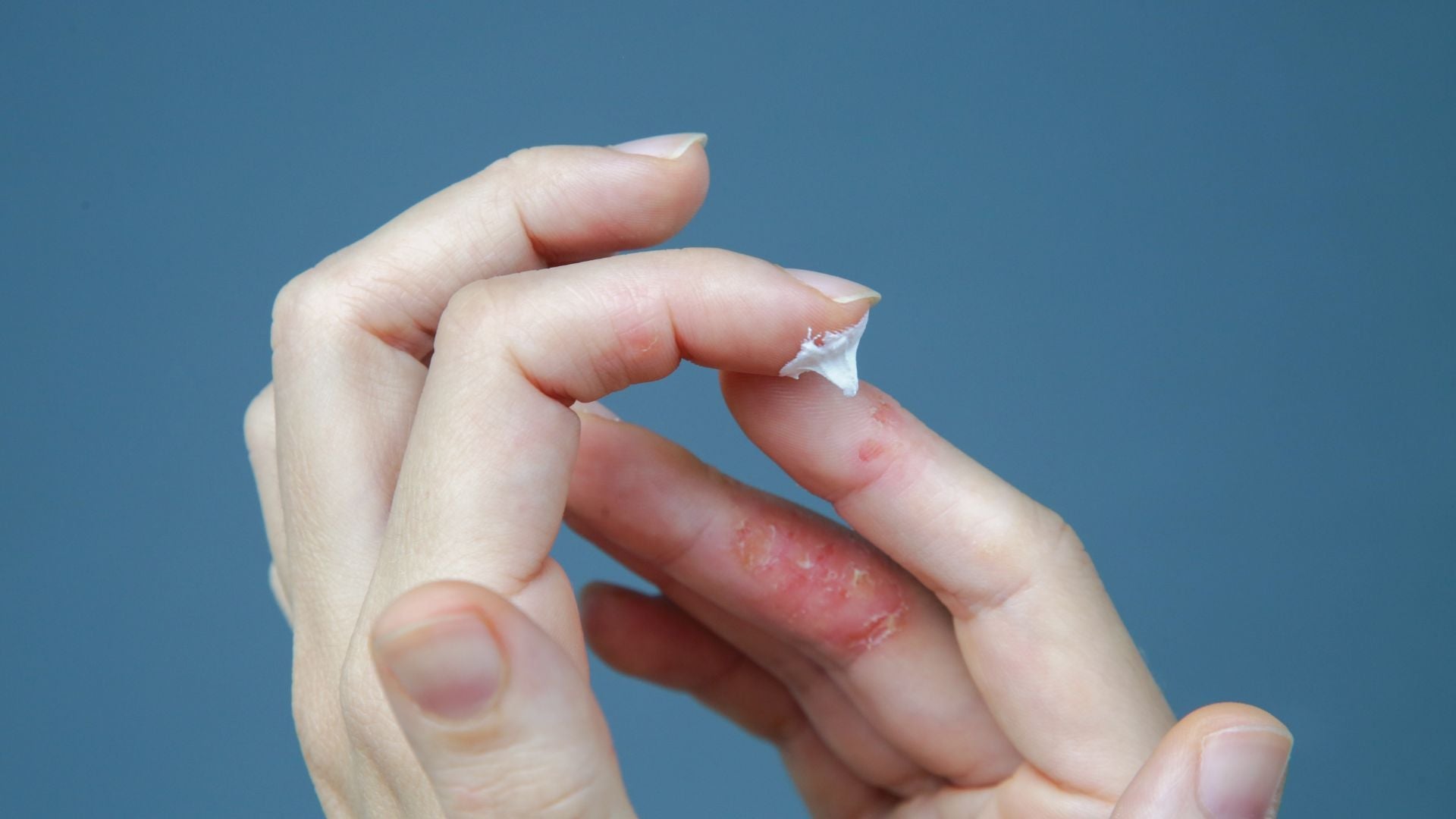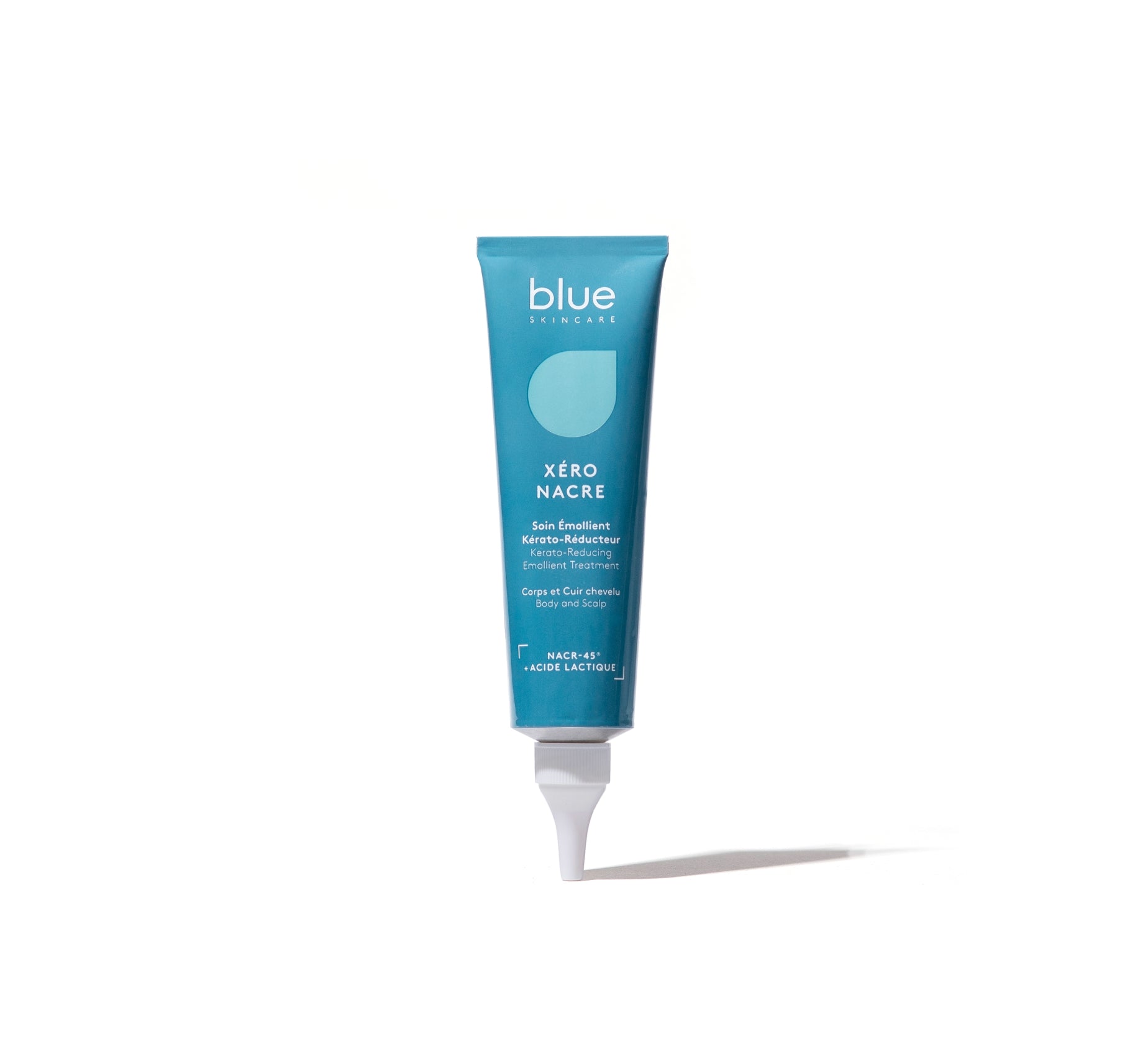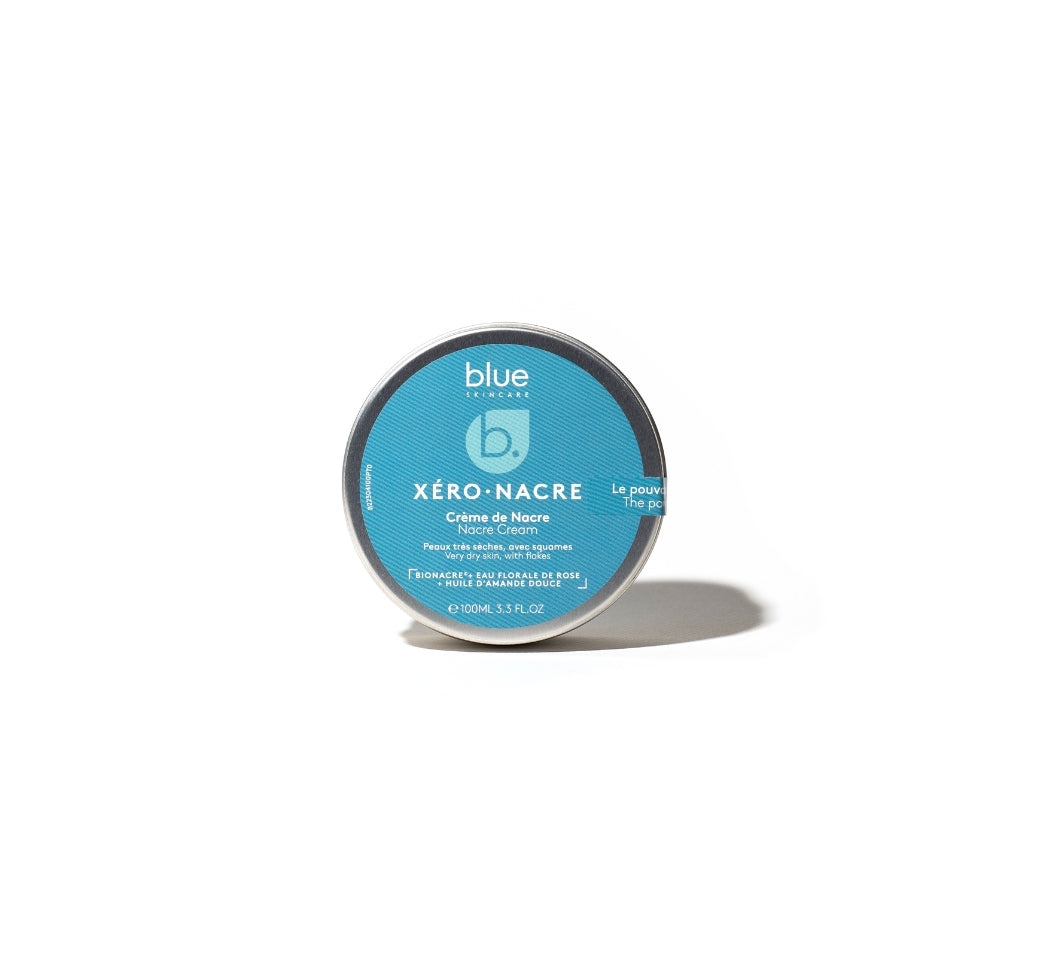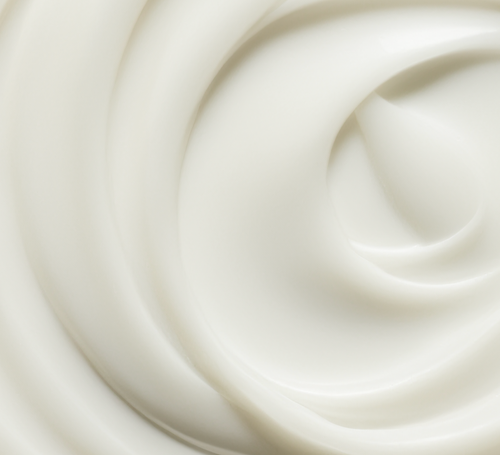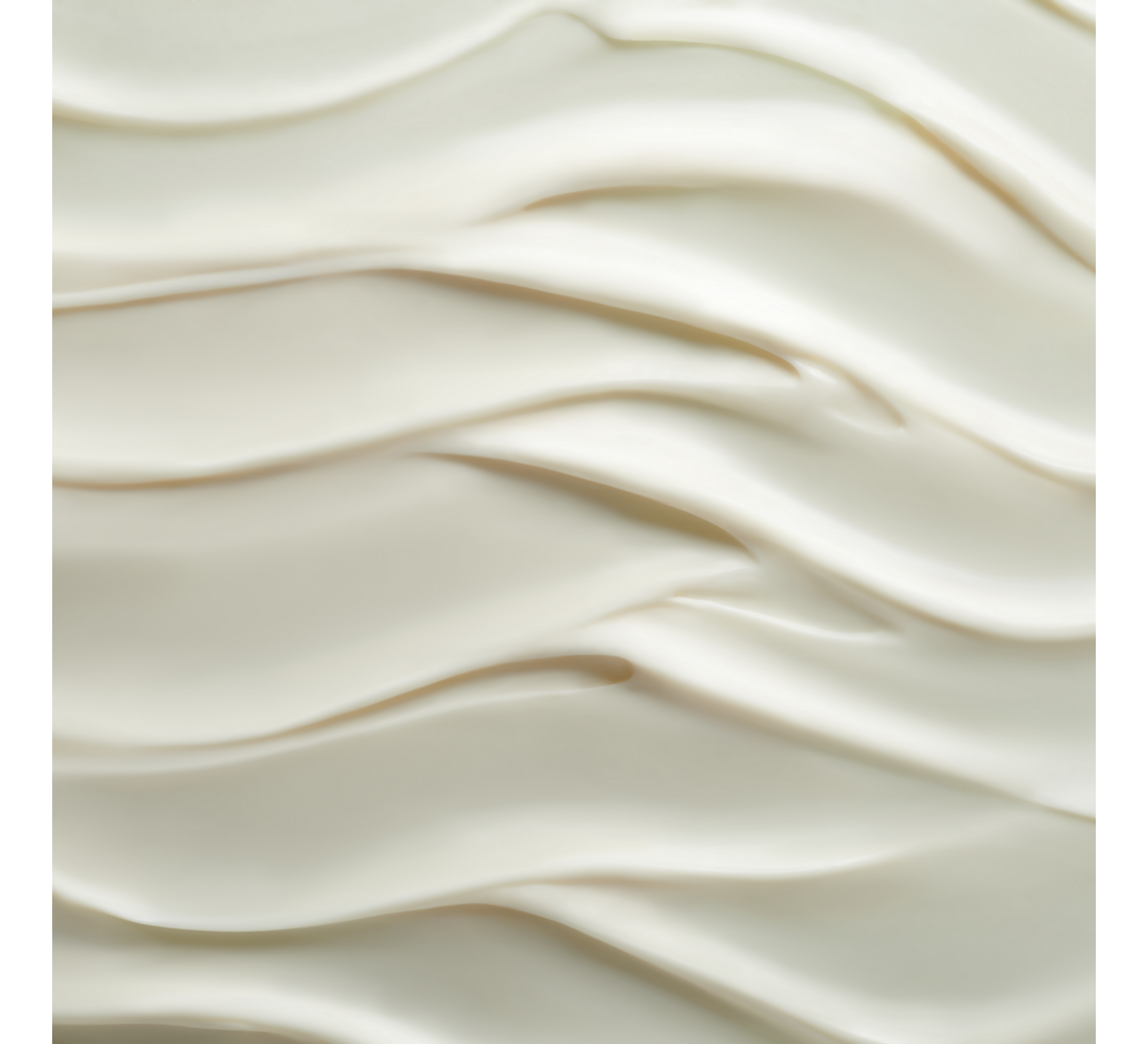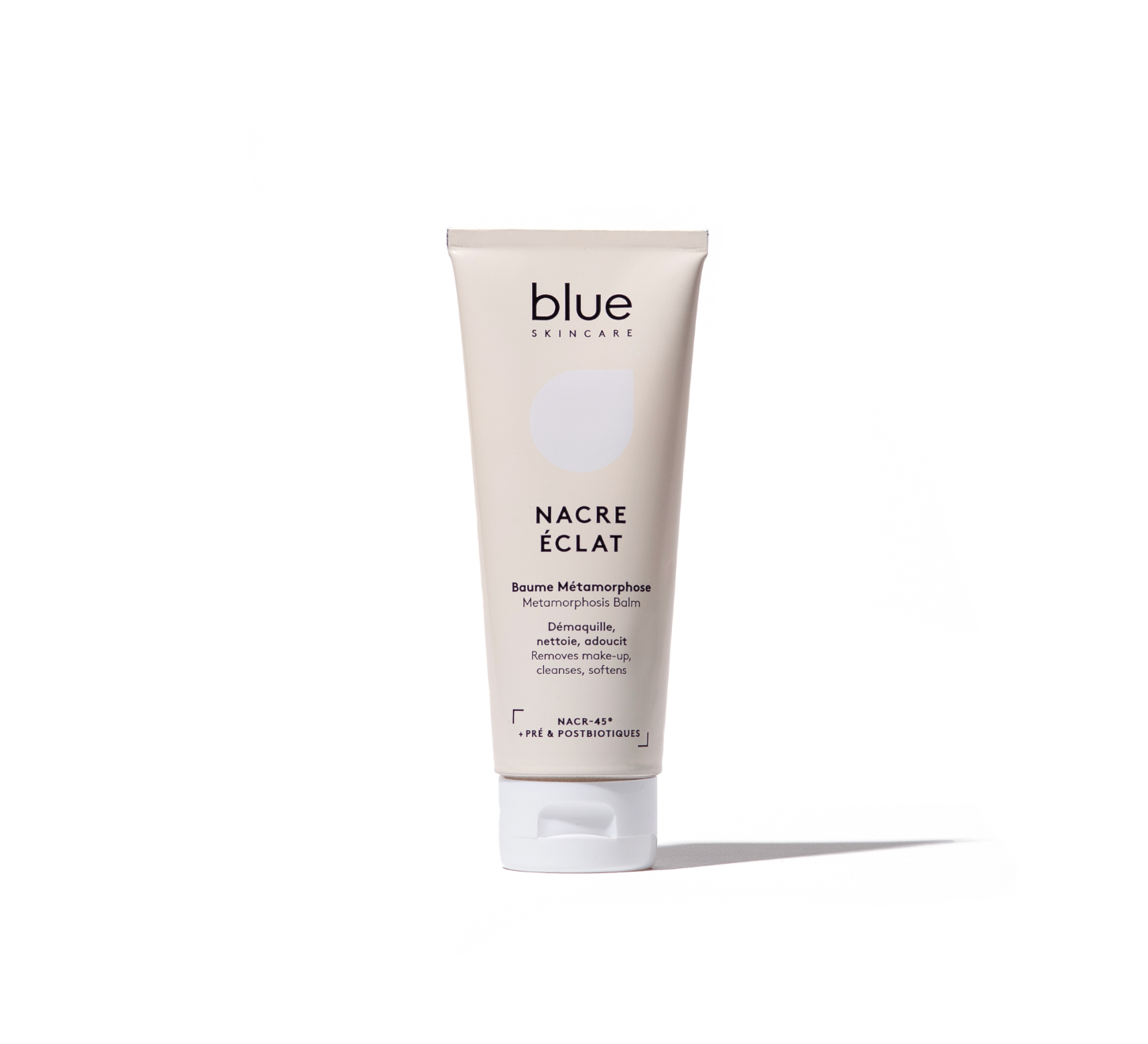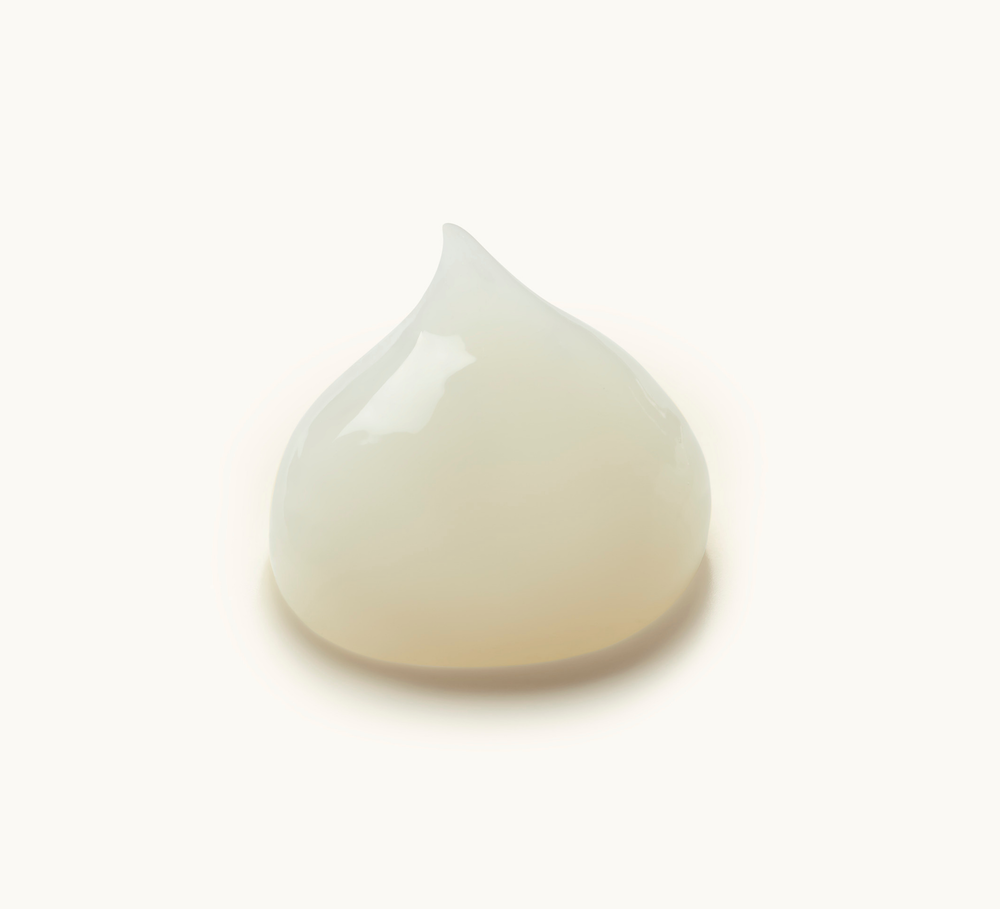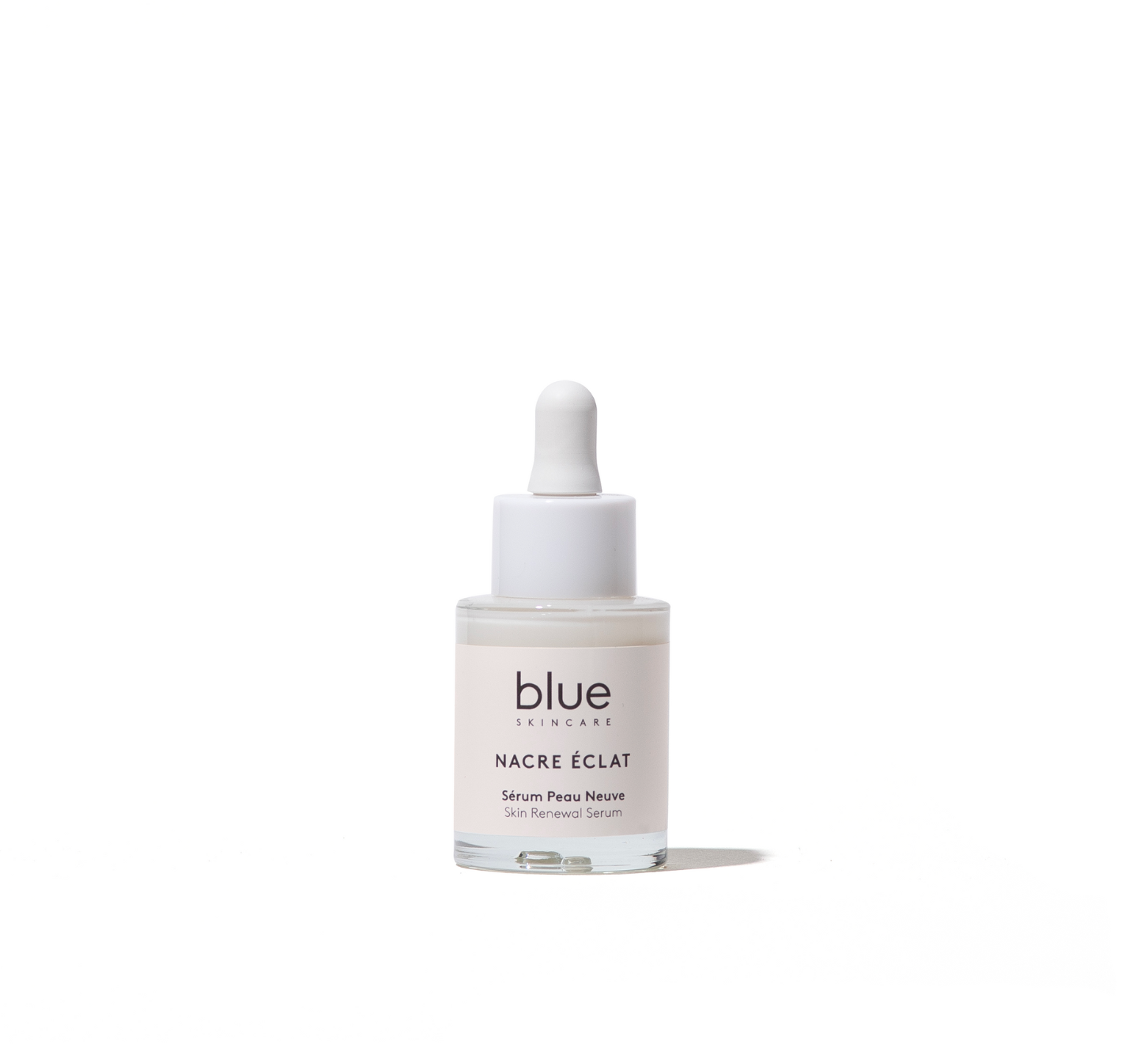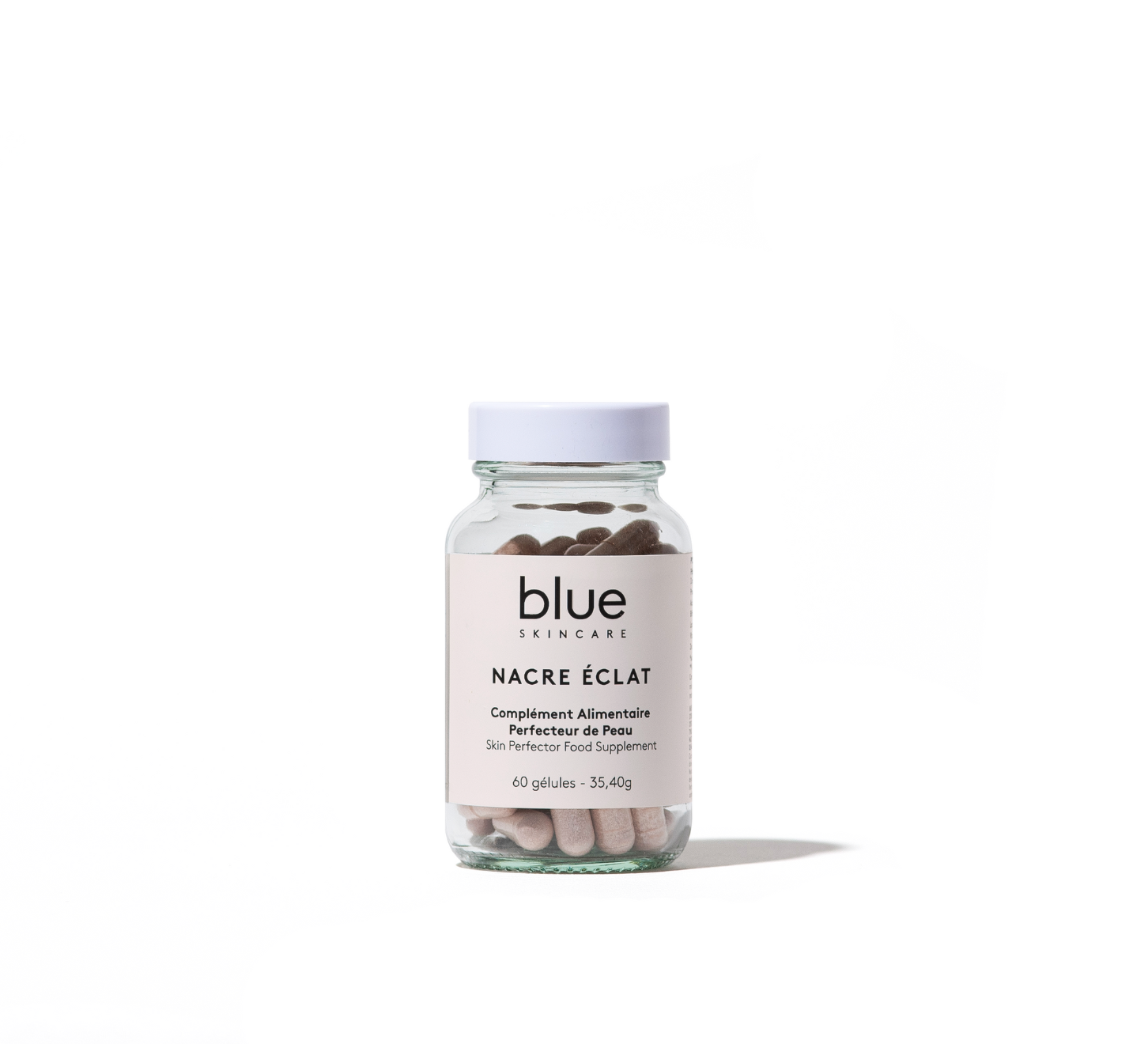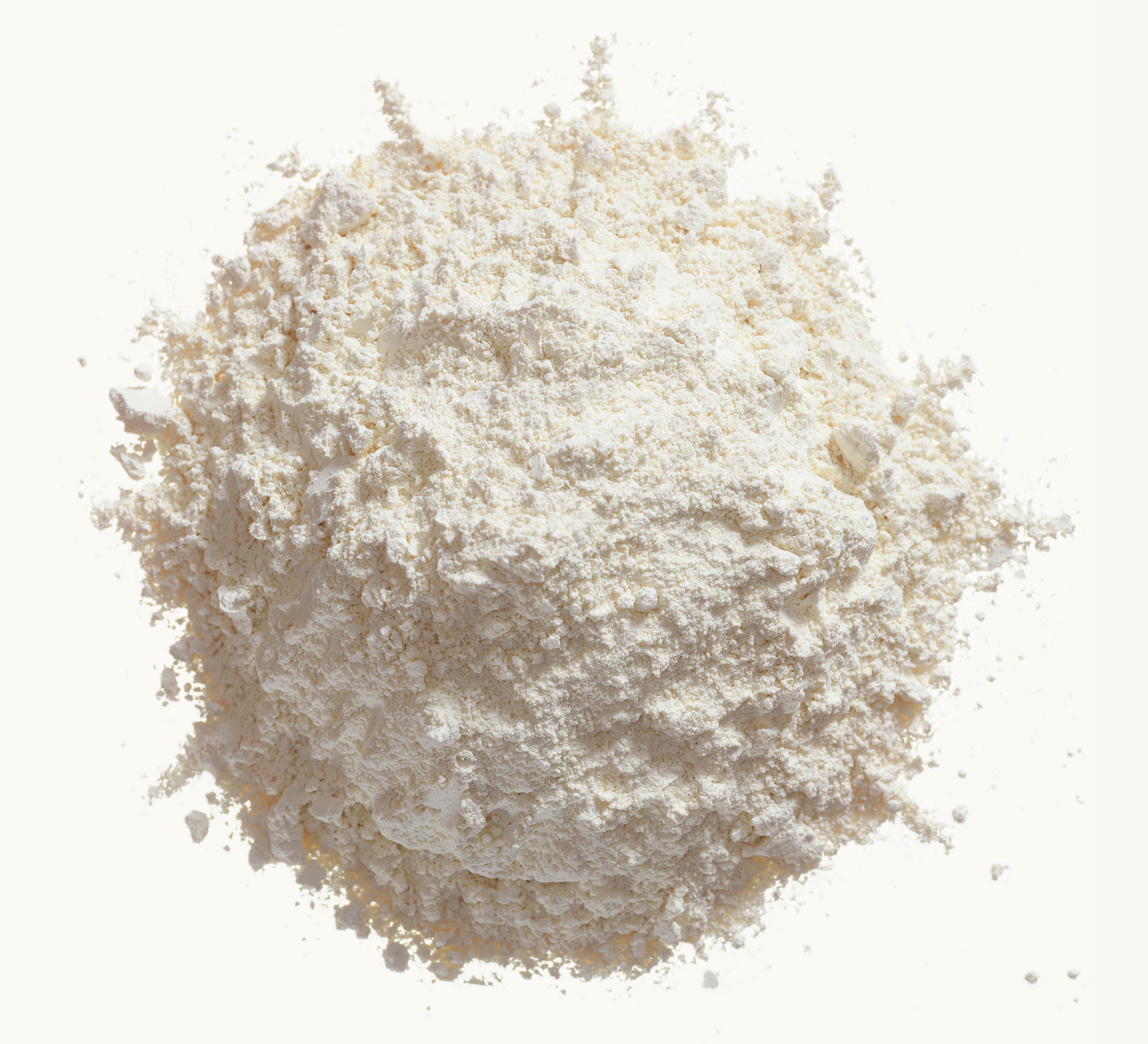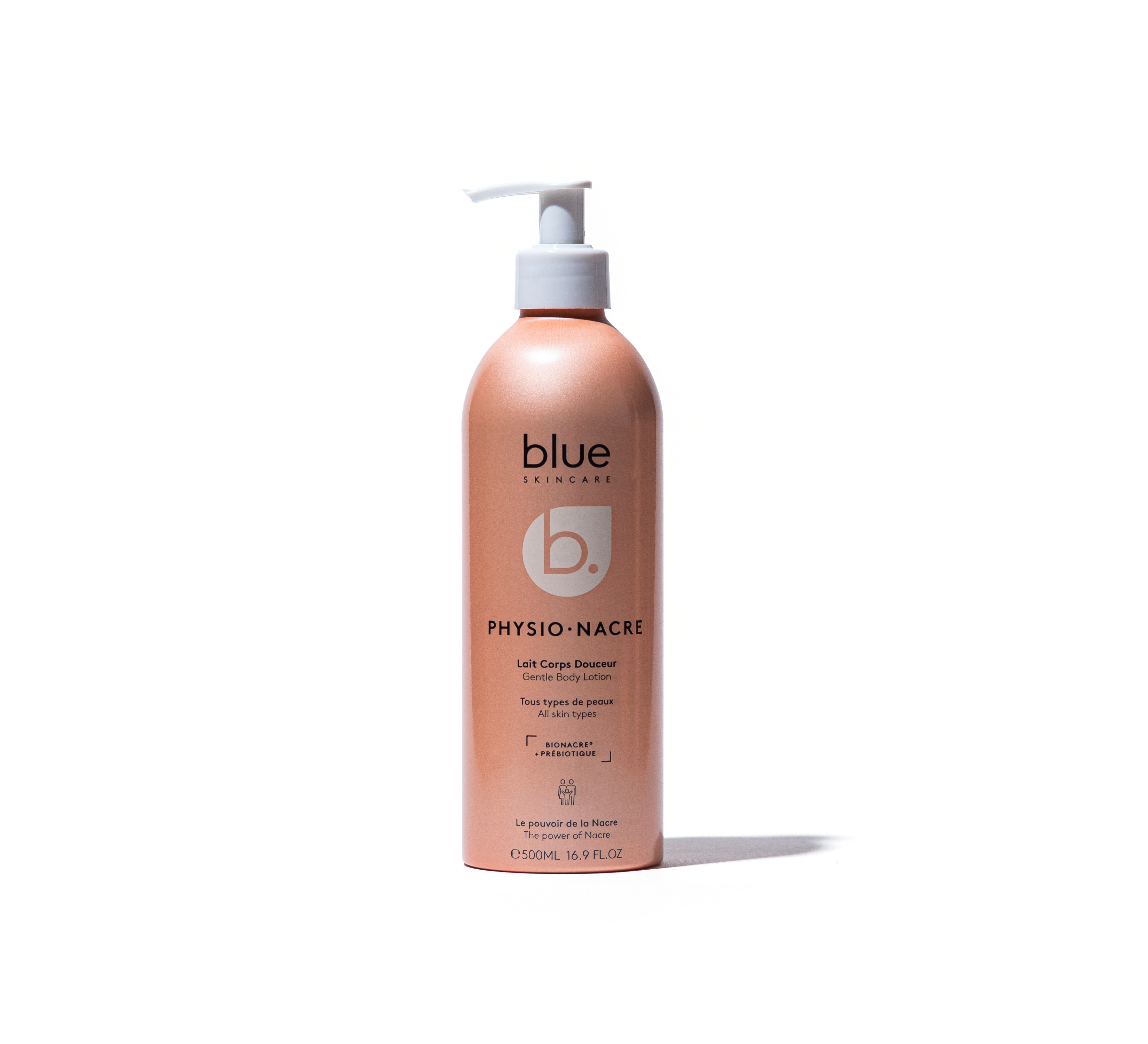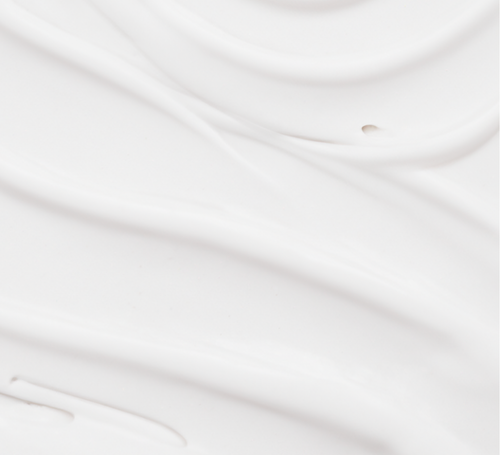Psoriasis is a chronic skin condition that affects many people, causing discomfort, redness, itching, and the appearance of scaly patches. While there is no definitive cure, it is possible to live better with this condition with the right care. Choosing the right cream can play a key role in soothing the symptoms of your psoriasis-prone skin and improving your quality of life.
But how do you navigate the different formulas? Which ingredients or creams should you choose depending on whether you're looking to soothe irritation or reduce the scales of your psoriasis? And how does it differ from other skin conditions like seborrheic dermatitis, which is sometimes confused with psoriasis?
In this article, we guide you step by step to understand your skin, identify its needs, and make the right skincare choices to regain comfort and softness.
Understanding the Difference Between Psoriasis and Seborrheic Dermatitis
First of all, it seemed essential to us to clearly explain the difference between psoriasis and seborrheic dermatitis.
Psoriasis and seborrheic dermatitis are two common skin conditions, but they are often confused due to their similar symptoms: red patches, itching, and scaling. However, these two conditions have very different origins and manifestations.
- Psoriasis is a chronic inflammatory disease caused by excessively rapid skin cell turnover, resulting in thick, well-defined patches covered in white, often dry, rough scales. These lesions can appear on the scalp, elbows, knees, or lower back, and are sometimes accompanied by intense itching.
- Seborrheic dermatitis, on the other hand, is a benign inflammation of sebum-rich areas, such as the scalp, face (nose wings, eyebrows), or behind the ears. The patches are thinner, with greasy, yellowish flakes, and the edges are less defined. It is often linked to the proliferation of a yeast naturally present on the skin, encouraged by stress or seasonal changes.
In summary, if the plaques are oily and located on the oily areas of the face and scalp, it is probably seborrheic dermatitis, while thick, very red and scaly plaques on different parts of the body are more likely to be psoriasis.
Now let's get back to the main topic of this article: psoriasis.
To relieve the appearance of plaques and the itching that results from psoriasis, applying a specific cream, rich in soothing and restorative active ingredients, is essential. This topical treatment helps strengthen the skin barrier, improve hydration, and restore greater comfort on a daily basis.
Good to know, which we won't cover in this article on psoriasis creams: many factors can cause psoriasis, such as stress, anxiety, infectious diseases, diabetes, high blood pressure, or even a deficient immune system. If you're interested in the topic as a whole, here's a collection of articles about psoriasis in general.
Why use a specific cream for psoriasis?
Soothing or acting on scales: how to choose when you have psoriasis?
Choosing a cream often depends on the priority needs of your psoriasis-prone skin. If you're primarily looking for a soothing and moisturizing treatment, it's best to opt for a cream rich in calming agents, such as mother-of-pearl , shea butter, or vegetable oils. These ingredients will primarily help reduce redness, relieve itching, and deeply nourish the skin.
On the other hand, if your goal is to remove thick scales and smooth out plaques related to your psoriasis, a cream with keratolytic action will be more suitable. These creams generally contain active ingredients such as salicylic acid or urea, which promote the elimination of dead cells and soften the plaques.
Depending on the condition of your skin and your psoriasis, you can choose one or the other of these types of treatment, or combine them for a complete treatment for your psoriasis.
What types of creams should you choose to soothe your psoriasis?
Psoriasis is caused by a disruption in the immune system, which accelerates skin cell turnover. As a result, skin cells accumulate too quickly on the surface of the epidermis, forming thick plaques and scales. The skin becomes rough, irritated, prone to inflammation and itching.
While psoriasis creams are effective in soothing, it's worth noting that traditional moisturizers don't always contain the active ingredients needed to address inflammation or strengthen the skin barrier, which your psoriasis-prone skin will need.
It is important to choose a cream formulated for skin problems such as psoriasis, the aim of which is not only to provide hydration but also to soothe and protect.
Choosing the right cream is therefore an essential step in managing this condition. However, although creams are useful for relieving symptoms, medical advice is always recommended in case of doubt or severe form!
What ingredients should you prioritize in a psoriasis cream?
If you are primarily looking to soothe and moisturize your psoriasis-prone skin
When skin is red, irritated, and tight, it's important to choose ingredients that soothe and nourish. Moisturizing and lipid-replenishing agents like shea butter, glycerin, ceramides, or plant oils (jojoba, sweet almond, sunflower) help strengthen the skin barrier and maintain proper hydration. These active ingredients make skin more supple and reduce the feeling of dryness.
On the soothing side, natural ingredients like mother-of-pearl , allantoin, niacinamide, or bisabolol are effective at reducing redness, relieving itching, and promoting skin repair. These components are ideal in your cream when the priority is to regain comfort and limit inflammation.
If you are looking to remove the thick scales of your psoriasis
When scales are well established, it may be helpful to use a cream containing gentle exfoliating active ingredients, capable of promoting the elimination of dead cells. Ingredients like gluconolactone (PHA) or lactic acid (AHA) help gently remove scales related to your psoriasis, smooth the skin and facilitate cell renewal.
These kerato-reducing agents, more gentle on sensitive skin than urea or salicylic acid, are particularly suited to act effectively without harming your psoriasis-prone skin. They help make plaques more supple, reduce roughness, and prepare the skin to better absorb moisturizing and soothing treatments.
Ingredients to avoid worsening symptoms
Regardless of the cream you choose, it's important to avoid harsh ingredients on your psoriasis. Perfumes, alcohol, dyes, and certain preservatives can further irritate psoriasis-affected skin. Opt for gentle, fragrance-free, non-comedogenic, and dermatologically tested formulas. Apps like Yuka or INCI Beauty can also guide you to top-rated products that are gentler on sensitive skin.
How to use a psoriasis cream correctly?
How often should I apply it for maximum effectiveness?
For optimal effectiveness, it's important to apply daily, often morning and evening. Regular application helps moisturize the skin, soothe itching, and reduce the appearance of psoriasis-related plaques. Even if improvement is visible, it's crucial not to stop applying the cream too soon. Continuing to use the cream helps maintain the results achieved and prevent the risk of flare-ups.
Should I combine it with other treatments or care for my psoriasis?
In some cases, psoriasis creams can be combined with medical treatment or complementary care, such as a nourishing vegetable oil. The important thing is to follow the correct application order and avoid harsh products.
Actions to avoid when applying (rubbing, excess quantity, etc.)
There are some precautions to take when applying a psoriasis cream. It's not recommended to apply it immediately after a hot shower, as this could worsen your psoriasis irritation. You should also avoid rubbing the patches too vigorously; instead, use gentle movements when applying. Finally, even if improvements are visible, it's important not to stop the treatment too soon, as the cream works best over the long term.
Why choose Blue Skincare psoriasis cream?
Blue Skincare's Mother-of-Pearl Cream has been formulated to meet the needs of skin affected by psoriasis, providing both soothing and nourishing care.
If your priority is to soothe and nourish your skin
With its high concentration of BIONACRE®, a natural active ingredient derived from mother-of-pearl, this cream helps calm redness, relieve itching and strengthen the skin barrier . It deeply moisturizes, soothes feelings of discomfort and helps psoriasis-prone skin regain suppleness and softness. Its natural formula is ideal for sensitive and irritated skin.
And to act more effectively on thick scales?
Mother-of-Pearl Cream promotes the gentle removal of small dead skin cells, but if you want to target thick, flaky skin more directly, a kerato-reducing emollient treatment may be more suitable. This type of treatment often contains natural exfoliating active ingredients such as gluconolactone or lactic acid, which help lift away dead cells while respecting the skin's sensitivity. These treatments work gently to smooth plaques and improve skin texture, without the sometimes irritating effects of more traditional keratolytics.
How to effectively integrate it into a skincare routine?
To incorporate Mother-of-Pearl Cream into your routine, it is recommended to apply it morning and evening to a clean, dry face or body after cleansing. Then, gently massage until completely absorbed. For optimal results, it is important to combine the cream with gentle cleansing and maintain good internal hydration by drinking water regularly.
What results can be expected with regular use?
With regular use of Mother-of-Pearl Cream, skin gradually becomes softer and less dry. Visible flakes diminish, and roughness fades, leaving a smoother, more comfortable texture. In addition, itching and redness are soothed, providing noticeable relief. Finally, the cream helps strengthen and maintain the skin's barrier function, effectively protecting it from external aggressions.
Discover our range dedicated to skin prone to psoriasis , as well as our discounted box set!
FAQs about psoriasis creams
Can a psoriasis cream replace medical treatment?
In mild cases of psoriasis, a cream may be sufficient to meet the need for hydration and relief. However, for more severe forms of psoriasis, the cream remains a supportive dermo-cosmetic treatment and does not replace medical treatment. Mother-of-Pearl Cream , for example, can be used to soothe itching, reduce the appearance of lesions, and moisturize the skin, but it does not directly treat psoriasis.
Similarly, a kerato-reducing emollient treatment can help eliminate scales and smooth the skin, but its action remains local and complementary. These treatments are effective in improving skin comfort, but it is always recommended to consult a healthcare professional to adapt the treatment according to the severity of your psoriasis.
Are cortisone creams essential for my psoriasis?
Not necessarily. In many cases of psoriasis, a well-chosen, natural cream can provide effective symptom relief without the potentially unwanted side effects of corticosteroids. These treatments can soothe irritation and deeply nourish the skin, while avoiding the greasy feeling often associated with cortisone-based treatments. However, it's important to note that these creams are not a substitute for specific medical treatment and do not directly address the underlying causes of psoriasis. They work as a complement, providing additional comfort to your psoriasis-prone skin, but should not be used as the sole solution for more severe forms of the disease.

